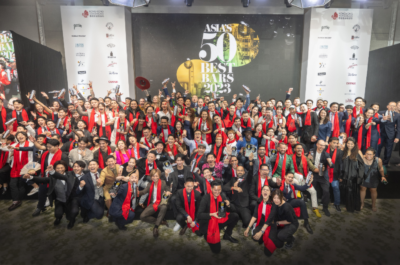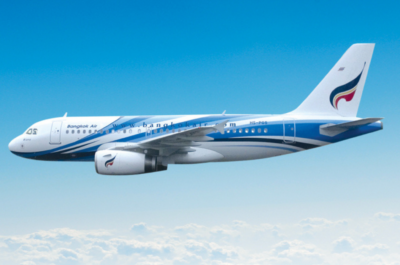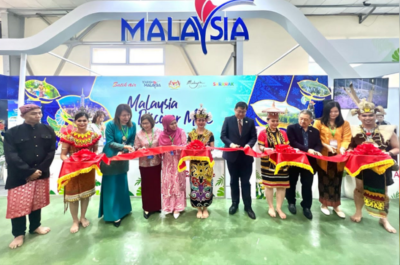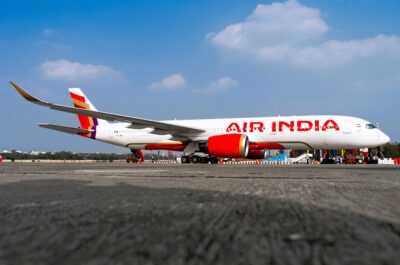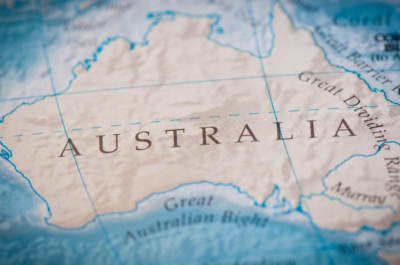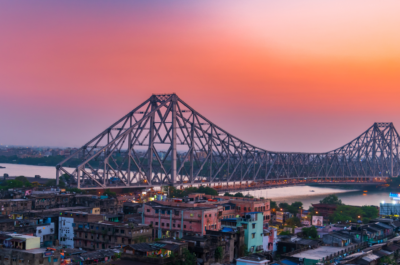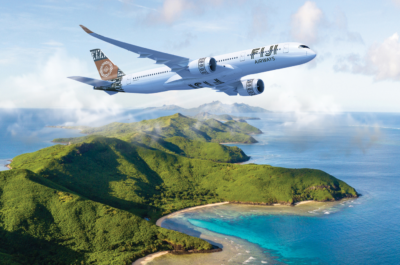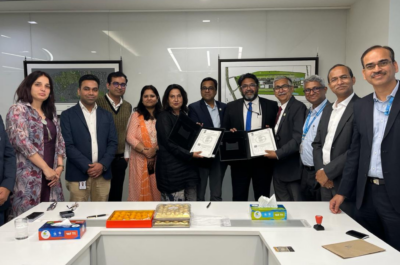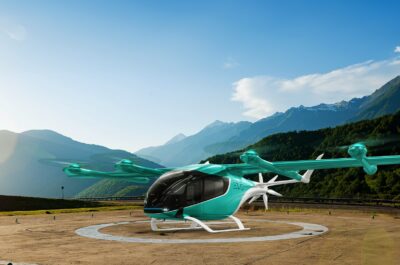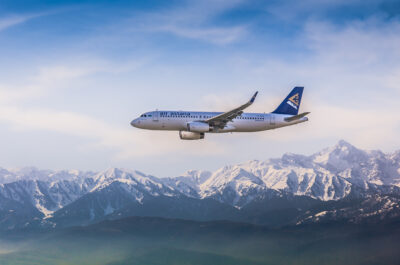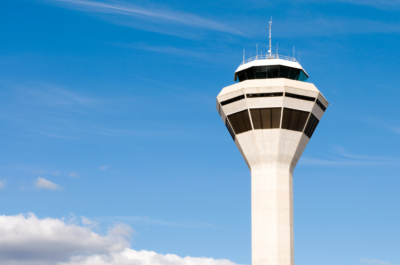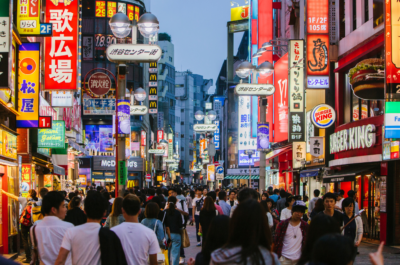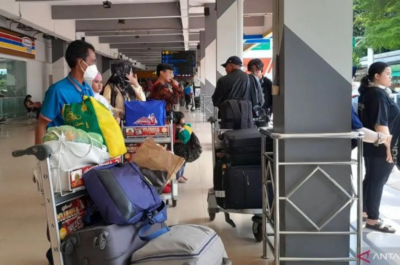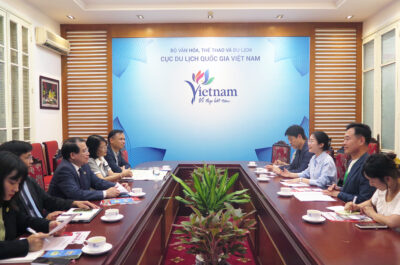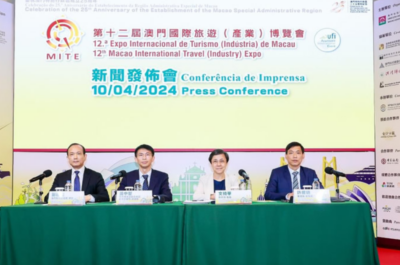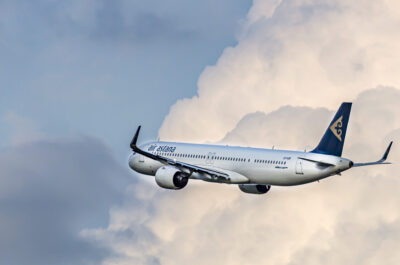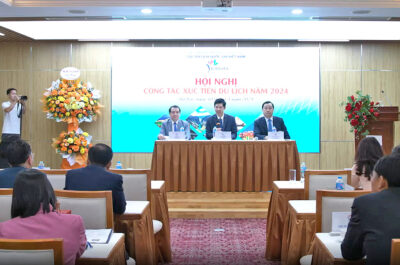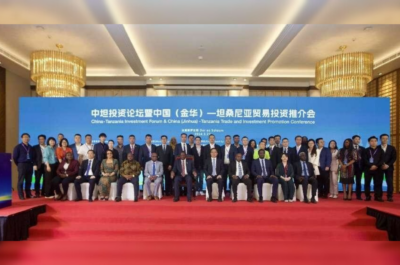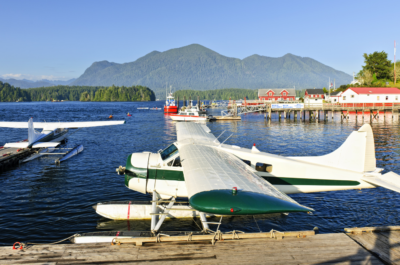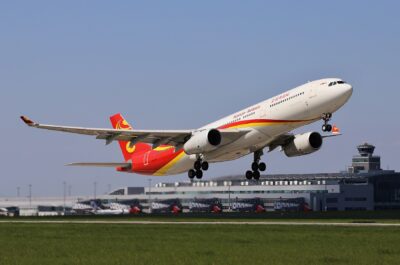…
With the surge in global air traffic, maintaining safety and security in the face of rising costs is becoming the aviation industry’s greatest challenge
Aviation liberalisation and deregulation have resulted in more aircraft plying the global skies than ever before. The flipside is that safety, security and sustainability are becoming increasingly important. There is a growing realisation that the industry is going to have to work harder – and pay more – to prevent both
accidents and attacks, even while warding off the threat of global warming.
The aviation industry arguably takes safety and security more seriously than any other means of transport because of the obvious impact on travel, tourism and trade.According to the President of the Council of the International Civil Aviation Organization (ICAO), Dr Assad Kotaite: “Our determination to meet these challenges to safety, security and sustainability will be tested as never before with the growth in passenger traffic in the years to come. An air transport system that is neither safe nor secure cannot prosper.”
State data and estimates supplied by the International Council of Aircraft Owner and Pilot Associations(IAOPA) indicate that world civil aviation consists of approximately 370,000 aircraft and 1.3 million pilots flying some 39 million hours during 2004, about the same as in 2003. More than 3,000 general aviation
aircraft were produced worldwide in 2005, about 20% more than in 2004.
Although travel and tourism is concerned mainly about the status of commercial flights, the safety and security of aviation also involves sightseeing flights, relief and medical flights, corporate aviation, peacekeeping operations, charters and cargo. It cuts across the entire length and breadth of the industry, from air traffic control to passenger check-in, baggage control and catering. It involves airports and air navigation, runways, airport perimeter fencing, fire fighting and rescue equipment, weather reporting and forecasting systems, fighting bird hazards, and more.
A safe and functional aviation industry means reduced incident and accident rates, yielding greater operating efficiencies; improved employee morale; reductions in insurance rates; tangible savings for operators and less regulatory involvement. Safe airlines can better compete in the global marketplace and are instrumental for the creation of investment and export opportunities, especially for countries which are land-locked or sea-locked.
However, keeping an industry of this size and complexity safe does not come cheap. Although all agree with the marketing slogan that it is better to be safe than sorry, the end result entails massive costs for new equipment purchases, training, maintenance and upgrades.
For PATA members, whose survival depends on a functional aviation industry, the key question is: How much is this all going to cost, and who will eventually have to pay? While the euphoria of liberalisation and deregulation is now over, some less-positive effects may soon emerge.
AVIATION GROWTH IN ASIA PACIFIC
According to the ICAO’s 2004 Annual Report, around 29% of the total world air traffic volume was carried by Asia Pacific airlines, second only to North American airlines (32%) and ahead of European airlines (27%). ICAO’s “Outlook for Air Transport to the Year 2015” forecasts that Asia Pacific airlines are expected to increase their share of world passenger traffic by about 6.5 percentage points to 33.2%, and total international scheduled passenger traffic to about 37% by 2015 – the highest among all regions.
But Asia Pacific aviation faces many challenges, such as heightened competitive pressure exerted by increasing numbers of low-cost carriers, more passenger and cargo flights by legacy carriers as well as the associated demands for new destinations and additional maintenance facilities. The growth has also fuelled an unprecedented level of rapid fleet modernisation and expansion. One major aircraft manufacturer estimates a US$2.1 trillion market over the next 20 years, with Asia Pacific carriers representing the largest share of 36%.
AVIATION STILL A SAFE INDUSTRY
In spite of its massive growth, global aviation is remarkably safe. From a rate of 4.48 passenger fatalities per 100 million passenger miles in 1945, the rate dropped to 0.04 in 1995.Thus, over a period of 50 years, the risk of fatalities to the flying public was reduced by a factor of 100, according to ICAO.
However, the safety factor is not evenly distributed across all regions. According to ICAO, Africa had a rate of some five fatal accidents per million departures for the period of 2000–2004.This rate is more than six times that of the world average of 0.8. The rate for the Middle East was 1.8, slightly higher than the rate for South America and the Caribbean, with 1.7. The average rate for Asia Pacific was 1, just above the world average of 0.8. Europe (0.6) and North America – United States and Canada – (0.4) had rates lower than the world average.
Compare those figures against roughly 1.2 million people who are killed and 50 million injured around the world in road traffic crashes, with more than 85% of casualties being in low- and middle-income countries, according to the “Make Roads Safe Campaign” Web site. Road deaths in these countries are forecast to almost double by 2020.
GLOBAL STRATEGY FOR AVIATION SAFETY
Safety and security are not the same. Security involves preventing attacks, while safety involves normal operations, which can be affected by air traffic navigation and management of airspace as well as problems associated with aging or near-obsolete equipment on the ground and in the air.
It is also an international issue. At a recent global conference on safety organised by ICAO, one country complained about “an emerging trend where aircraft are deliberately registered in countries that have weak and ineffective safety oversight mechanisms, resulting in situations where questionable aircraft safety certificates are issued without due diligence.”
In brief, the global aviation industry is looking at the following remedial measures:
- Strengthening the institutional framework to promote multilateral co-operation and establish appropriate governmental infrastructures for safety and security oversight
- Formulation of policies and infrastructure programmes, including investment in increased airport capacity and Improvements
- Development of appropriate systems and mechanisms to respond to security requirements
In March 2006, the Conference of Directors General of Civil Aviation of ICAO Contracting States developed a global strategy for aviation safety in the 21st century. The strategy emphasises collaboration as well as greater transparency and sharing of information among States and concerned stakeholders, including the public. It commits governments and the aviation industry to work together to assess new and emerging threats, monitor and upgrade existing security processes, while expediting the clearance of passengers and cargo at airports.
Key elements of this are the ICAO Universal Safety Oversight Audit Programme (USOAP), the posting of audit results on the ICAO website and the implementation of Safety Management Systems. The USOAP audit results are measured in terms of the degree of implementation by States of the eight critical elements of a safety oversight system, as follows:
- Primary aviation legislation
- Specific operating regulations
- State civil aviation system and safety oversight functions
- Technical personnel qualification and training
- Technical guidance, tools and the provision of critical safety information
- Licensing, certification, authorisation and approval obligations
- Surveillance obligations
- Resolution of safety concerns
f
Initial audits under the USOAP in 181 States were conducted from 1999 to 2001. Follow-up audits were conducted in 162 States from 2001 to 2004. Findings indicate that “a number of States are experiencing difficulties fulfilling their international obligations.”
In addition, the International Air Transport Association (IATA) has its own Six-point Safety Programme for its 261 airline members in 136 countries. Its primary feature, an Operational Safety Audit (IOSA), is referred to as the world’s first airline safety audit programme based on internationally harmonised standards and designed to help airlines share audit resources and reduce the overall number of audits performed.
The IATA audit oversees the accreditation of audit and training organisations, ensures continuous development of the IOSA standards and recommended practices and manages the central database of IOSA audit reports. Since its launch in late 2003, IOSA has completed over 160 airline audits as of early 2006, with over 5,000 audit findings having been rectified. As of December 2005, IOSA has been mandated for both existing IATA Members and any airline wanting to join IATA. Over 20% of the IOSA audits being conducted are on non-members of IATA.
CHALLENGES
Given the fact that any chain is only as strong as its weakest link, the primary challenge is to make the system safe across the board. But civil aviation in some regions is characterised by a large number of airlines suffering from poor financial performance, low traffic volumes, high insurance costs and low productivity. Many regulatory authorities seek to cut corners. In other countries, training levels are poor and there is almost a culture of carelessness among personnel.
According to one country paper presented at the ICAO safety conference: “This situation is worrying as, for lack of adequate surveillance, substandard safety practices within the industry may spread to all levels and persist, thereby jeopardising the safety of air transport. […] Without innovative solutions, it is highly probable that this situation will deteriorate during the 21st century and that an increasingly wide divergence will emerge between different States, especially with the increasing globalisation of air transport, which will make national safety oversight tasks more and more complex.”
Terrorism is an additional complication. Dealing with it means improving national programmes on aviation security; improving professional training and instructing aviation security services’ specialists; strengthening the technical equipment of airports; increasing the efficiency and introducing new forms and methods of control of air passengers, their hand baggage and baggage carried in the cargo compartments; expanding co-operation in the exchange of information about the threat of an act of terrorism; and even establishing a database on persons who present a potential threat to air transport.
ISSUES OF CONCERN
Information security: Availability and sharing of data are considered to be the keys to a successful safety management programme, especially as countries rely on other countries to meet their international obligations and safety commitments. ICAO contracting States are being urged to be more transparent and consistent in their policies and practices.
However, States want “a more complete examination of this issue, taking into account operational, legal and financial considerations.” Developing countries are clearly concerned over the potential loss of control over standards and processes, and too much decision-making authority being handed over to external international organisations, according to an ICAO report.
Moreover, the entire audit process will generate a treasure trove of information and market research on the current status of aviation security worldwide. This could very well be used to tremendous advantage by companies to research and design new products for which they know there will be a captive market. As pointed out by the Latin American delegations, there is serious potential for abuse of this information. They want more balance between the public’s “right to know” while forestalling an undue negative perception of air transport safety.
Objections have also been raised about the posting of audit information on the ICAO website. Questions have arisen on how the audits will be carried out, the composition of the auditing team and who will have final say over the audit report. One proposal is for the creation of a “pool of international safety inspectors and other safety oversight experts made available by States and other stakeholders”. Also worrying is that any unforeseen events invariably lead to calls for further security enhancements, creating further sales opportunities for companies to upgrade and/or replace existing equipment.
Military concerns: Military authorities also want a say in the entire process because of the clear implication is for intelligence gathering and national security. As the Korean Airport Corporation pointed out: “Nine of the 14 airports operated by KAC are used concurrently with military forces. Since security is the most important factor for the military airports, they are quite disinclined about detecting and publicising the hazards.” Pilots and air traffic controllers are also leery about full disclosure for fear of legal action. ”
Funding: According to Mr Kotaite: “The required financial resources must be available…We recognise that generating resources lies in the liberalisation of air transport, which in turn can attract foreign investment in a local aviation industry. Any revenues generated should be reinvested in aviation and there should be transparency and accountability in revenue management.”
To help offset costs of correcting safety-related deficiencies, an International Financial Facility for Aviation Safety (IFFAS) was set up in 2003 with the goal of financing safety-related projects for which States cannot otherwise obtain the necessary financial resources. Various contributions to IFFAS have totalled approximately US$2.9 million, allowing IFFAS assistance to be offered to five sub-regional safety-related projects benefiting 25 States.
Estimated funds for 2006 amount to approximately US$369,918 either received or pledged by States and international organisations. International groups such as the World Bank say they are willing to lend a hand in the interests of creating a safer worldwide transportation system. According to a paper presented by the World Bank, air transport-related projects are maintaining a current portfolio of close to US$1 billion.
Two-thirds, about US$650 million, are loans or grants to governments of client countries, and one-third goes to private sector partners of developing countries. However, there is a catch, as indicated in the World Bank paper: “The World Bank supports an economic policy which aims at liberalisation and opening aviation markets in the developing world. It supports related projects, such as new regulation for liberalisation, especially for dispute settlement and competition rules.”
Manpower: Sophisticated high-tech hardware cannot be operated without commensurate training. A common problem is severe limitations in the civil service salary scale of States; highly qualified staff are not usually available, and after training, tend to shift to the private sector. This leaves the States in a cycle of constantly training new staff. It is also a problem of size. Many ICAO States do not have a volume of aviation activity that will be sufficient to support an efficient safety oversight system.
CONCLUSION
No one can argue with the need for enhanced safety and security. But in the many papers and presentations on the subject, there is no clear indication of what it is going to cost, beyond comments such as “safety and security is no longer an option” and “it does not come cheap”.
This means that even as the global travel and tourism industry has to constantly seek ways to cut costs in other areas, it is facing an endless cycle of high costs (or “investment”, as the salespeople might put it) for products, services and processes in the safety and security sector. For companies in these sectors, travel and tourism is a captive market and a veritable goldmine.
At some stage, the travel and tourism industry will need to ask serious questions and demand the same transparency and accountability about what is really going on, whether there is a hidden agenda and the forces driving it. Failing that, the industry will become a victim of both the lapses in safety and security as well as the recurring costs of keeping it up to speed.
TravelDailyNews Asia-Pacific editorial team has an experience of over 35 years in B2B travel journalism as well as in tourism & hospitality marketing and communications.

